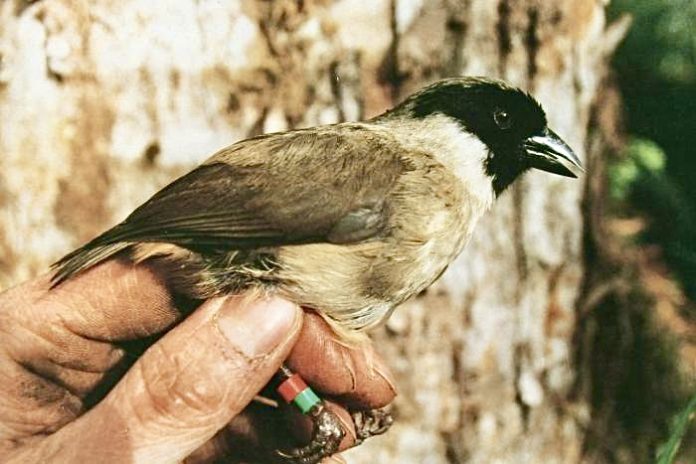
21 Animals & Plants In The U.S., Including 8 Native Hawaiian Birds, Have Gone Extinct
You can help all animals and our planet by choosing compassion on your plate and in your glass. #GoVeg

You can help all animals and our planet by choosing compassion on your plate and in your glass. #GoVeg